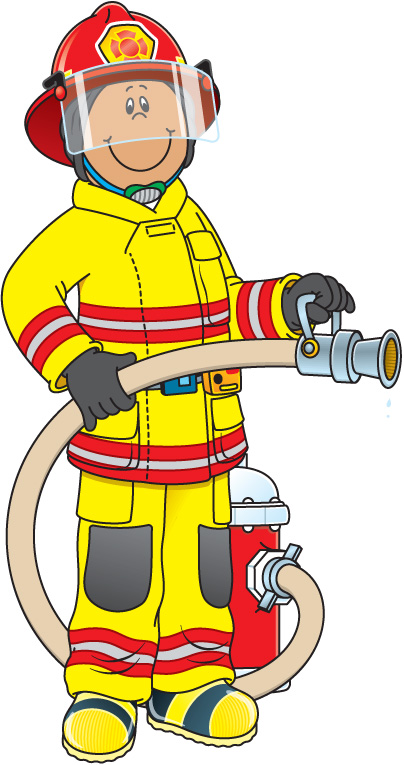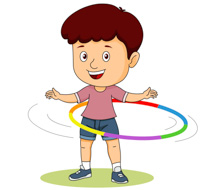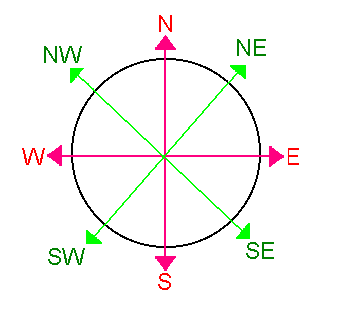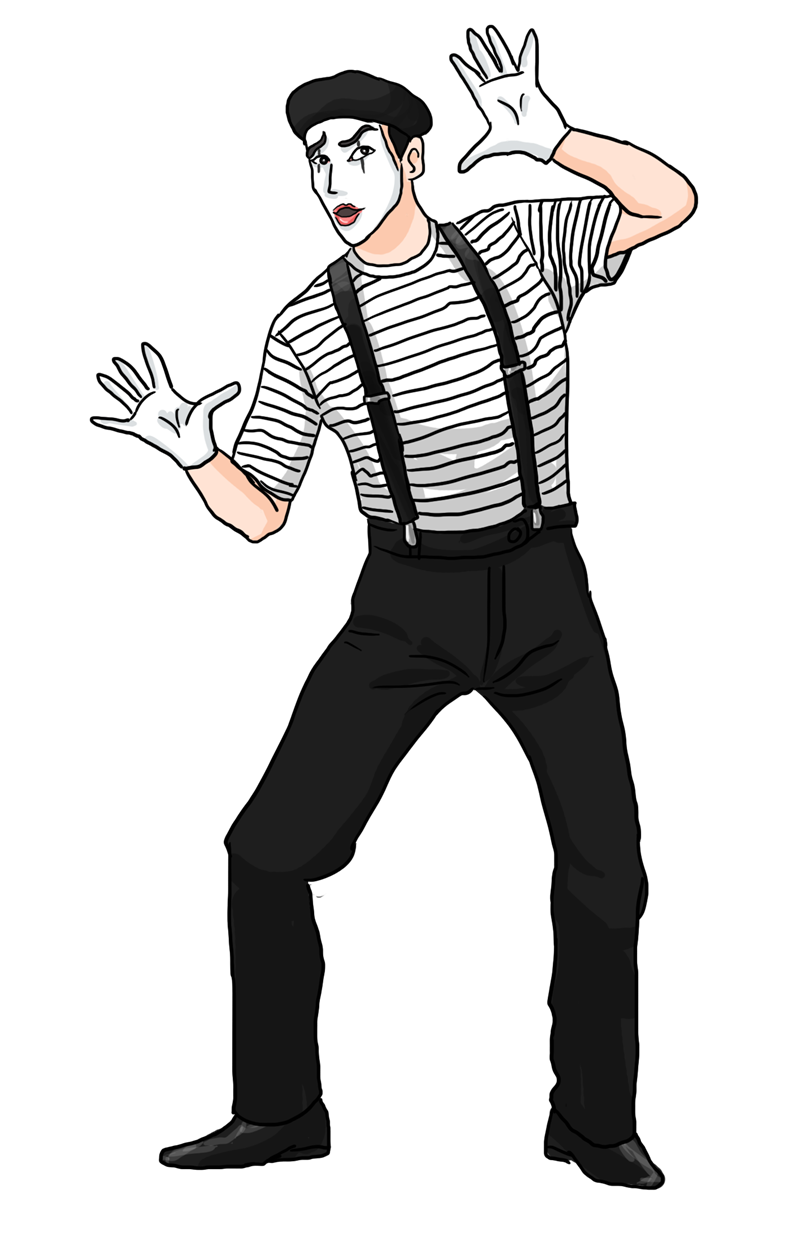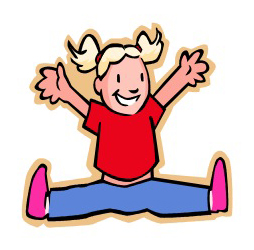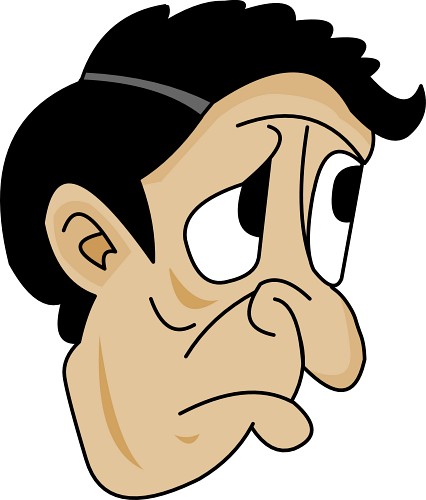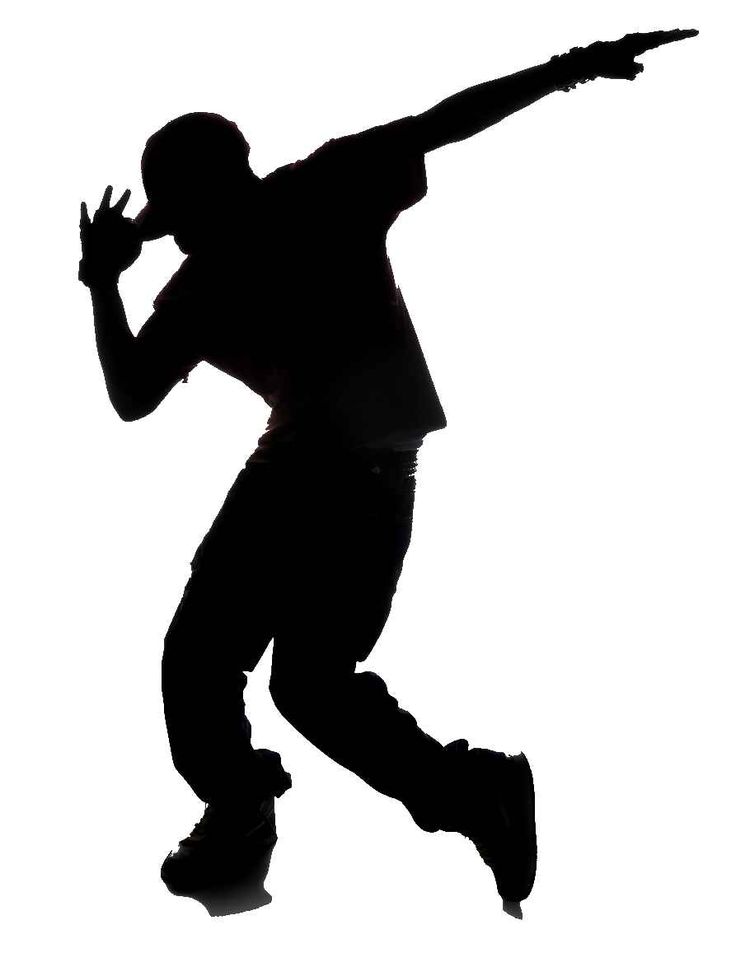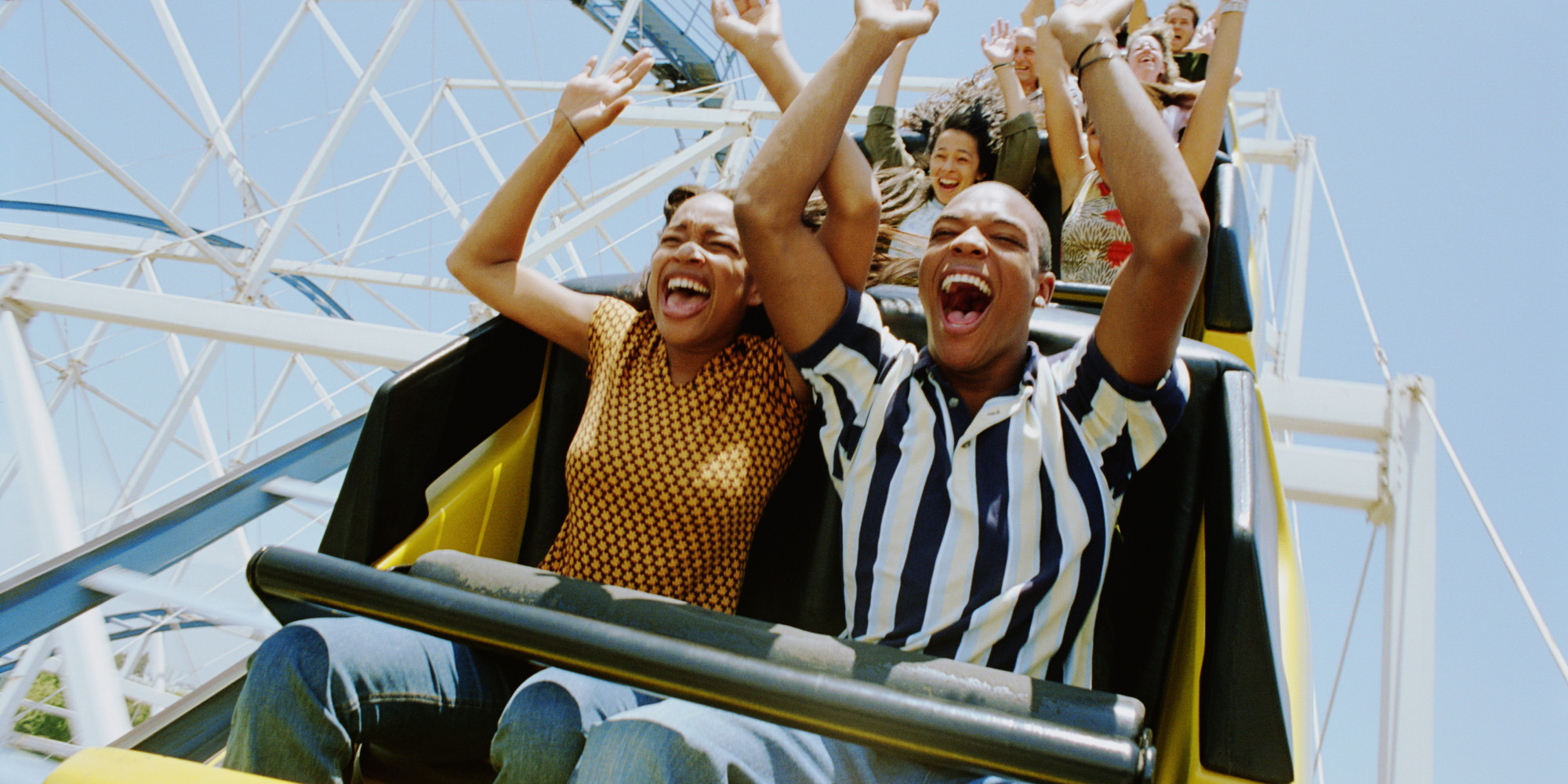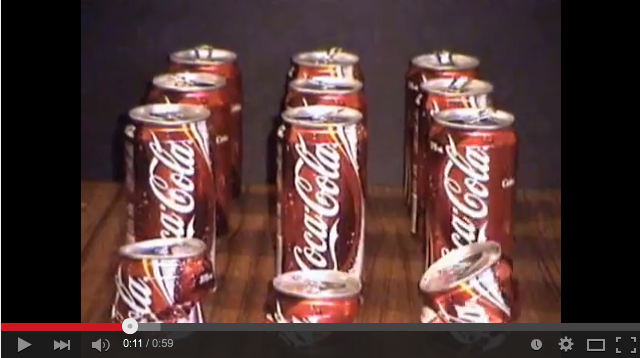Dance
Movements and Speed - When I'm Older
Ask the children to think about what they want to be when they are older. Then ask the children to think of the things they would need to do to complete that role. Next ask the children to think about the actions of the job role.
Encourage the children to think about whether that job requires fast actions or slow actions and encourage children to undertake that character with facial expressions and gestures.
Allow the children to show the rest of the class and they can guess what the job is.
Movements - Hoop Dance
The children dance to the music Cotton Eye Joe other another song that has a definite beat and try to complete movements in time with the beat whilst stepping in and out of the hoop. Also encourage the children to complete different movements with different parts of their body whilst stepping in and out of the hoop. E.g. Clicking fingers, nodding head etc. They can even pick up the hoop, spin it round different body parts in time with the beat.
Directions, Balances and Movements - Compass
All the children will be given a piece of chalk to create an 8-point compass. Writing North, Northeast etc. is optional.
Allow the children to move along their lines in different directions. Encourage the children to move forwards, backwards, side to side and diagonally maintaining balance.
Once the children have started to move with good balance and control, encourage them to balance of the end of the points and extend arms and legs out. Next encourage the children to move from point to point adding in spins and turns.
Movements and Space - Mr Mime
Give each child four cones to create a square. Inform the children that they can’t go outside their square and they must imagine that they are sealed in a glass box.
First ask the children to create a balance as though they are balancing against the glass. Next the children can move around the glass box in different ways, always remembering to stop at the glass. Encourage children to use hand movements just as a mime artist would.
Play the sound of an earthquake and watch the children bounce from one side of the box to the other and once the sound stops dust off their shoulders, shake their heads and stretch their backs and return to their movements.
Movements - Bop It!
The children will be told different actions. Twist it, run it, walk it, hop it, sneak it, spin it and Bop it, which is a jump. Give the children different instructions. Place the children in pairs and allow one child to instruct the other.
Expressions - Photo Album
The children are going to explore how they can portray different moods and feeling without speaking.
The children can think of a time they were really excited, happy, sad, angry, moody, scared, worried, startled etc. and they are going to create a frozen picture.
They can use different props for this to help. Next place the children in pairs. Allow half the class to walk around to look at the photographs and stop at their partner’s to decide what is happening and determine the emotion from the actions and expressions.
Dynamics - Balloon Dance
Give each child a balloon and play fast paced music. Encourage all the children to dance around the room while keeping their balloon in the air.
The children can use a variety of body parts and movements to keep the balloon in the air. Change the music to a slower tempo and inform the children to change their actions and movement speed accordingly.
Dynamics - Scarf Dance
Give each child a Scarf and play fast paced music. Encourage all the children to dance around the room while moving their scarfs to the pace of the song. The children can use a variety of actions and movements. Change the music to a slower tempo and inform the children to change their actions accordingly. Encourage your class to use light and heavy footsteps and allow them to accelerate and decelerate their movements.
Composition and Timing
Access a variety of music linked to popular culture and allow the children to create simple dance routines.
The backing tracks of any song can be used and the children must follow the beat of the song and create their own actions.
Encourage children to think about timing to ensure their movements match.
Composition - Linked
The children are going to create different sequences and movement patterns whilst being linked to a partner by the arm or hands.
The children can create different steps with each other and hold extended balances, twist, spin and twirl. Encourage the children to have a clear beginning and end to their dance to show other children their composition is over.
Roller Coaster
In this lesson, your children are going to work on dance actions.
The children will experiment with different body movements, speed of movements, facial expressions and synchronisation.
Instruct your class to pretend they are on a roller coaster. They must pay, queue up, sit down on the seat, pull down the safety bar, start moving, loops, twists, say cheese for the camera etc. (Obviously let the children come up with these ideas!)
Once the children have all had a chance to create different movements independently, they will get into groups.
The focus of the lesson has now changed to synchronised movements. The team must create movements together as though they are on the same roller coaster.
This is an enjoyable lesson that the kids love. You can even use roller coaster sound effects.
Crush Em!
This video clip is a good introduction to this dance lesson. Your children are going to work on robotic movements in this lesson.
In pairs, the children will pretend they are a can of coke. They can be crushed, twisted, dented, rolled, spun etc.
You can develop this lesson by getting all of the children into groups and creating at the journey of a coke can.
In this part of the lesson, your children could choose robotic, rigid movements or fluid movements. They could pretend they are a can during the manufacturing process, being blown by the wind, kicked by school children or collected by a waste collector, let your children use their imagination.

